Looking Forward
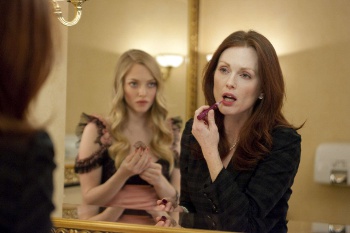 Atom Egoyan has been on some kind of losing streak. Since his breakthrough masterpiece The Sweet Hereafter in 1997, his fiction features have gone from dense and compelling if awkward psychological dramas. With the caveats that it’s a remake and not written by Egoyan, Chloe seems to chart a new path for the filmmaker, even though it collapses in a fit of silliness just as it threatens to become probingly nasty.
Atom Egoyan has been on some kind of losing streak. Since his breakthrough masterpiece The Sweet Hereafter in 1997, his fiction features have gone from dense and compelling if awkward psychological dramas. With the caveats that it’s a remake and not written by Egoyan, Chloe seems to chart a new path for the filmmaker, even though it collapses in a fit of silliness just as it threatens to become probingly nasty.

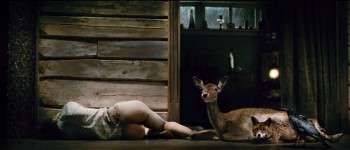 Lars von Trier’s Antichrist in 560 characters over four Tweets: descriptive, positive, a turning point, and ultimately (in both the “finally” and “fundamentally” senses of the word) negative.
Lars von Trier’s Antichrist in 560 characters over four Tweets: descriptive, positive, a turning point, and ultimately (in both the “finally” and “fundamentally” senses of the word) negative.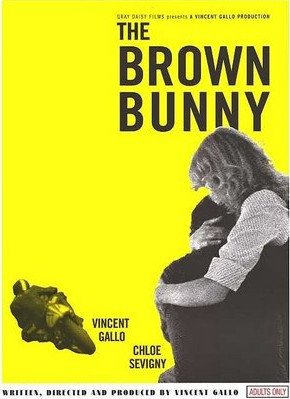 The Brown Bunny gave Roger Ebert cancer, and it features a real blowjob. And the girlfriend is dead. In 18 words, I’ve summarized the hullabaloo surrounding (and the post-climactic revelation of) Vincent Gallo’s shockingly vain vanity project from 2003. I can even spare you from the “boring” parts of the movie – basically the first 80 of its 93 minutes – and help you indulge whatever prurient curiosity you might have by pointing to an
The Brown Bunny gave Roger Ebert cancer, and it features a real blowjob. And the girlfriend is dead. In 18 words, I’ve summarized the hullabaloo surrounding (and the post-climactic revelation of) Vincent Gallo’s shockingly vain vanity project from 2003. I can even spare you from the “boring” parts of the movie – basically the first 80 of its 93 minutes – and help you indulge whatever prurient curiosity you might have by pointing to an 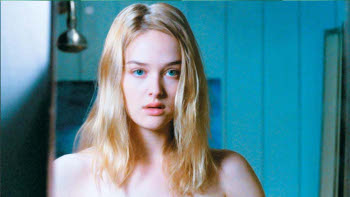 Dawn is afraid of her body, but it’s the boys who are in trouble. She is a star in a local abstinence program – a heartfelt, eloquent advocate for preserving virginity – but she’s not immune to the temptations of the flesh. One night, while fantasizing about the cute boy she just met, her hand creeps down … but she can’t do it. Perhaps she knows instinctively what a handful of boys and men are about to discover in Teeth: She has a bloodthirsty vagina.
Dawn is afraid of her body, but it’s the boys who are in trouble. She is a star in a local abstinence program – a heartfelt, eloquent advocate for preserving virginity – but she’s not immune to the temptations of the flesh. One night, while fantasizing about the cute boy she just met, her hand creeps down … but she can’t do it. Perhaps she knows instinctively what a handful of boys and men are about to discover in Teeth: She has a bloodthirsty vagina.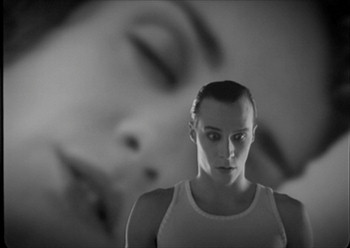 An object within an object of the same type – the novel within a novel, the film within a film – is rarely considered out of its context. Its meanings, and its narrative or thematic roles, are derived from its conversation with the larger work. But if the object is nearly whole – that is, if it’s not just a fragment, if we have a reasonably full sense of its shape, structure, and content – looking at it in isolation can bear fruit and is an act of respect.
An object within an object of the same type – the novel within a novel, the film within a film – is rarely considered out of its context. Its meanings, and its narrative or thematic roles, are derived from its conversation with the larger work. But if the object is nearly whole – that is, if it’s not just a fragment, if we have a reasonably full sense of its shape, structure, and content – looking at it in isolation can bear fruit and is an act of respect.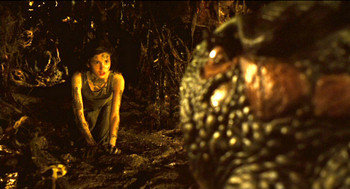 In a
In a 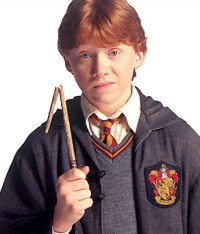 Somebody entered the following search query and eventually found Culture Snob: “talent OR skill OR intelligence ‘rupert grint'”
Somebody entered the following search query and eventually found Culture Snob: “talent OR skill OR intelligence ‘rupert grint'”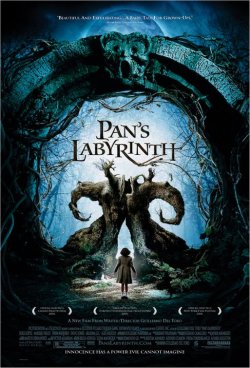 I was struck by something Pan’s Labyrinth writer/director Guillermo del Toro said in an
I was struck by something Pan’s Labyrinth writer/director Guillermo del Toro said in an  I have no problem
I have no problem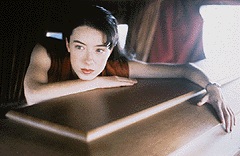 To slake your thirst for Culture Snob poetry, as well as the interactive, I have crafted multiple options for haiku based on Lynne Stopkewich’s 1996 movie Kissed. If you’ve never seen it or heard of it, I think you’ll get the gist pretty quickly.
To slake your thirst for Culture Snob poetry, as well as the interactive, I have crafted multiple options for haiku based on Lynne Stopkewich’s 1996 movie Kissed. If you’ve never seen it or heard of it, I think you’ll get the gist pretty quickly.